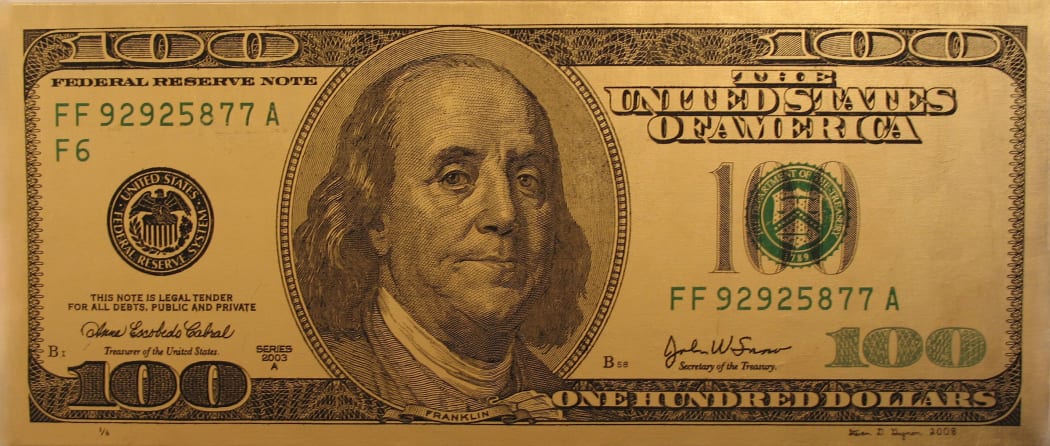
Collecting art is rewarding in so many ways, not only as a matter of passion and curiosity but also in very lucrative terms. More and more people recognise the value of investing in fine art. Unlike traditional financial instruments, fine art offers unique advantages that can diversify an investment portfolio and potentially yield substantial returns over time.
One of the primary reasons to consider investing in fine art is its historical track record of long-term appreciation. Throughout centuries, the value of certain artworks has consistently increased, driven by factors such as rarity, artistic significance, and cultural relevance. Unlike stocks or bonds, which can be influenced by economic volatility, the value of fine art tends to remain stable and relatively independent of most external events or even appreciate during uncertain times, making it a valuable hedge against inflation and market fluctuations.
While being considered a reliable long-term investment, it is important to recognize that art is also characterized by its non-liquid nature. In contrast with other assets that are easily convertible to cash, such as stocks, liquidating art requires a more complex process. This involves appraisal, collaboration with auction houses, and engagement with art consultants to identify suitable buyers, all of which can be time-consuming. Many art investors therefore integrate art collections into diversified portfolios and hold them, as well as include them as components of their estate planning, ensuring their preservation and potential for legacy beyond their own lifetime.
When investing, diversification is essential to minimize risk, while also adding interest. Fine art investment especially provides investors with the opportunity to own tangible assets of cultural significance. Owning a masterpiece or a significant piece of art can bring aesthetic pleasure and prestige, beyond just financial gain. Fine art investments also offer potential tax benefits, such as favorable treatment on capital gains and the ability to deduct certain expenses related to the maintenance and preservation of artworks.
How to Invest in Fine Art
When getting started in the world of fine art investment, what to look for can be intimidating at first. Successful investing requires research, education, and a discerning eye. But becoming familiar with different art movements, artists, and market trends, is an extremely exciting and gratifying undertaking. Visiting galleries, museums, and attending art fairs can provide valuable insights into the art world and help you develop your taste and preferences.
To receive close and individualized guidance, consider working with reputable art gallerists or consultants who can provide expert advice on building a diverse art portfolio tailored to your investment goals – and personal taste. They can help you navigate the complexities of the art market, authenticate artworks, and handle logistics such as shipping and insurance.
When acquiring artwork, it is crucial to focus on quality, provenance, and authenticity. Look for pieces by established artists with a track record of sales and critical acclaim or emerging stars that the market is betting on. Pay attention to factors such as condition, medium, and significance, as these can greatly impact the value of the artwork over time.
Finally, be patient and take a long-term approach to your art investments. The art market can be unpredictable, and it may take years for the value of certain pieces to appreciate significantly. By building a diverse portfolio, staying informed, and investing in artworks that resonate with you personally, you can potentially enjoy both financial rewards and cultural enrichment through your fine art investments.
